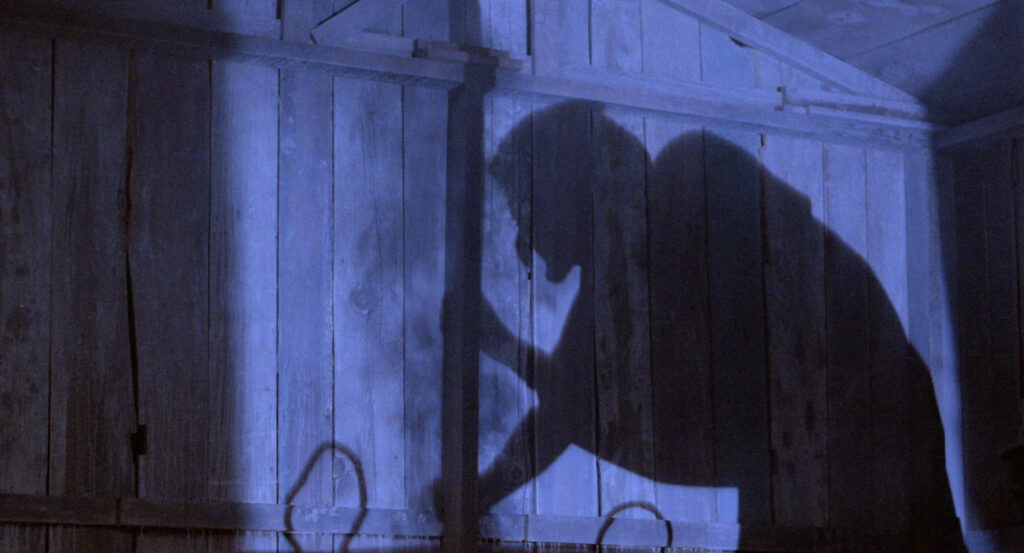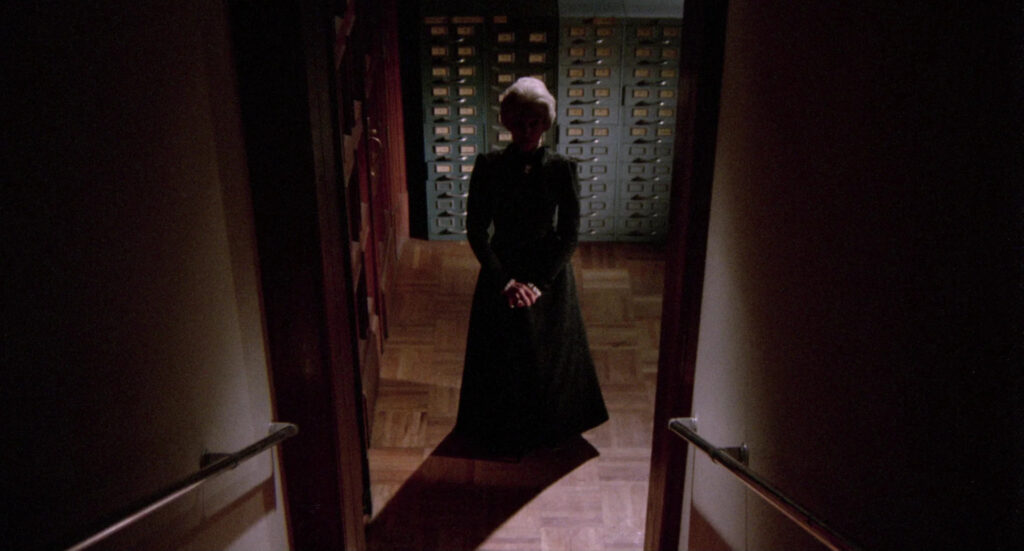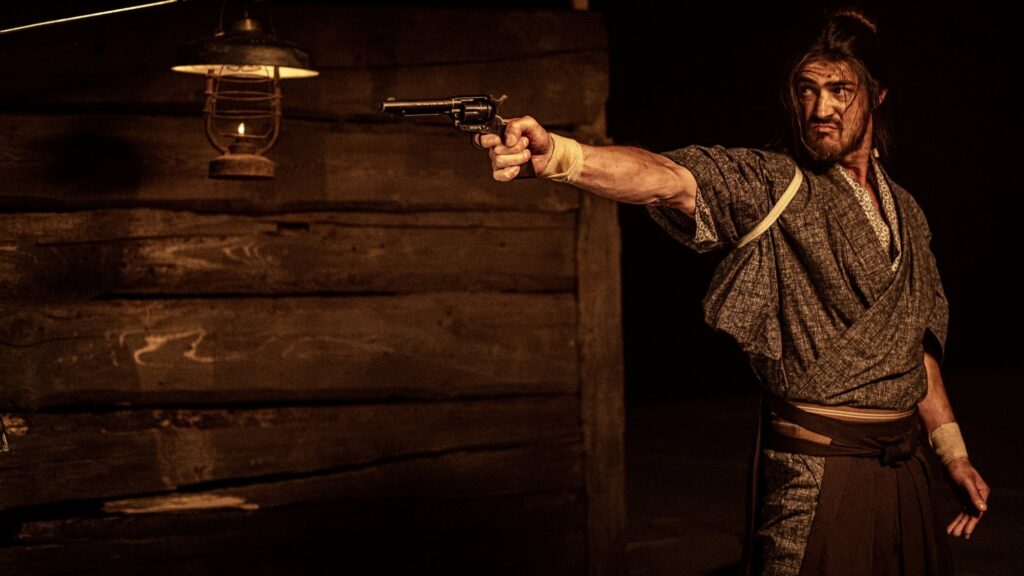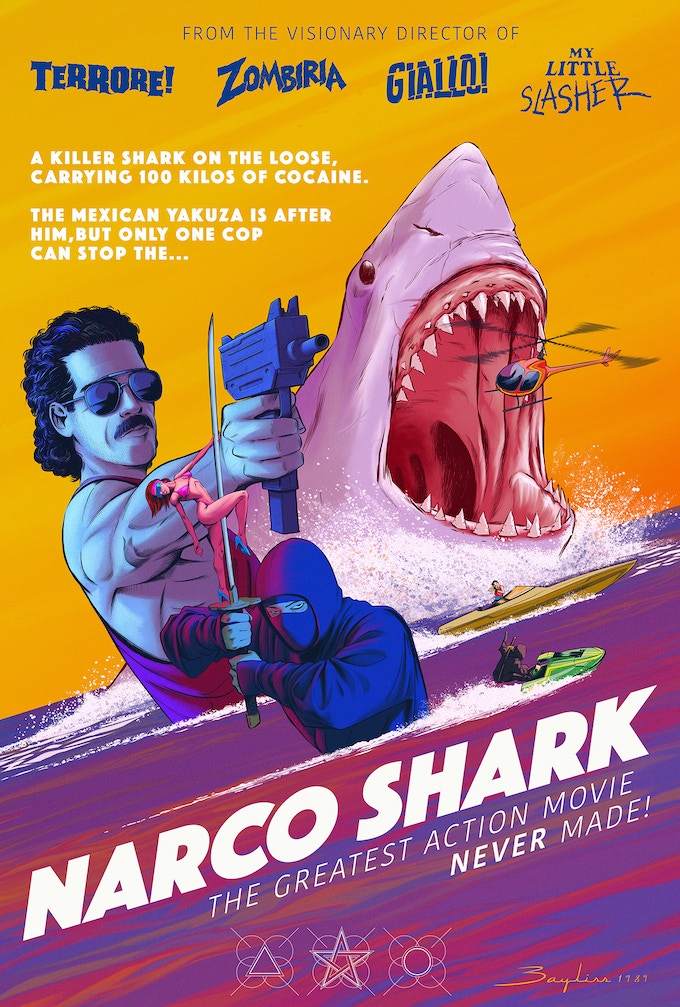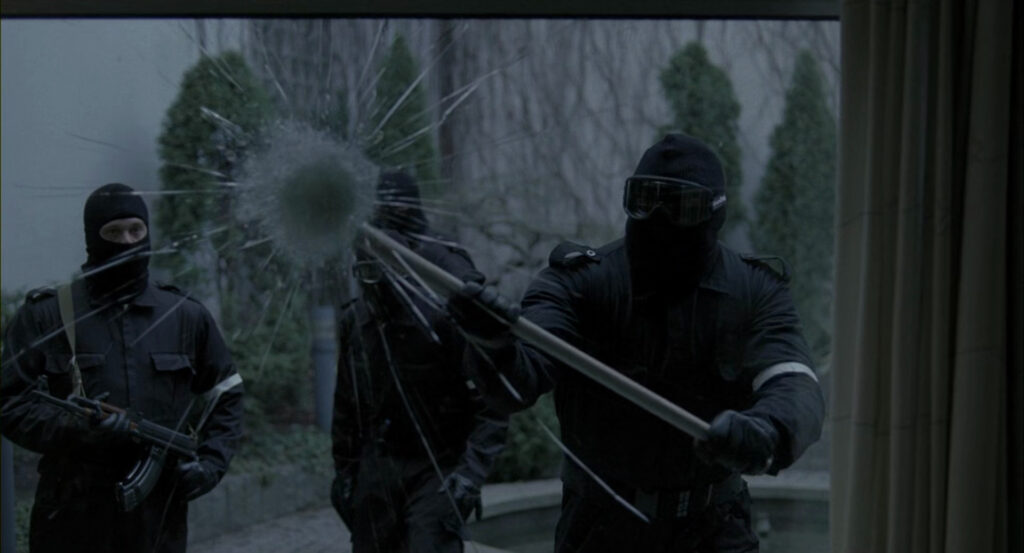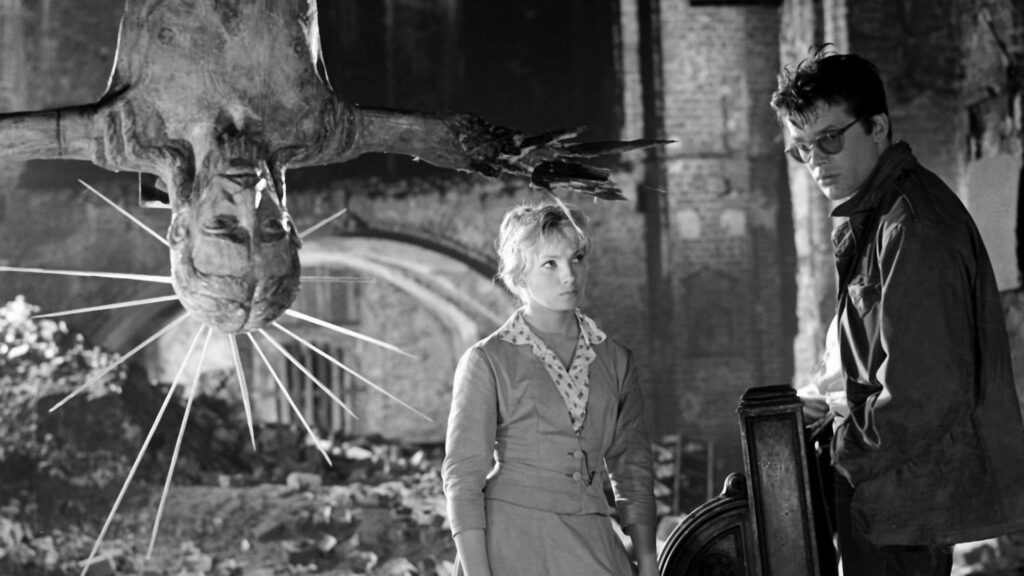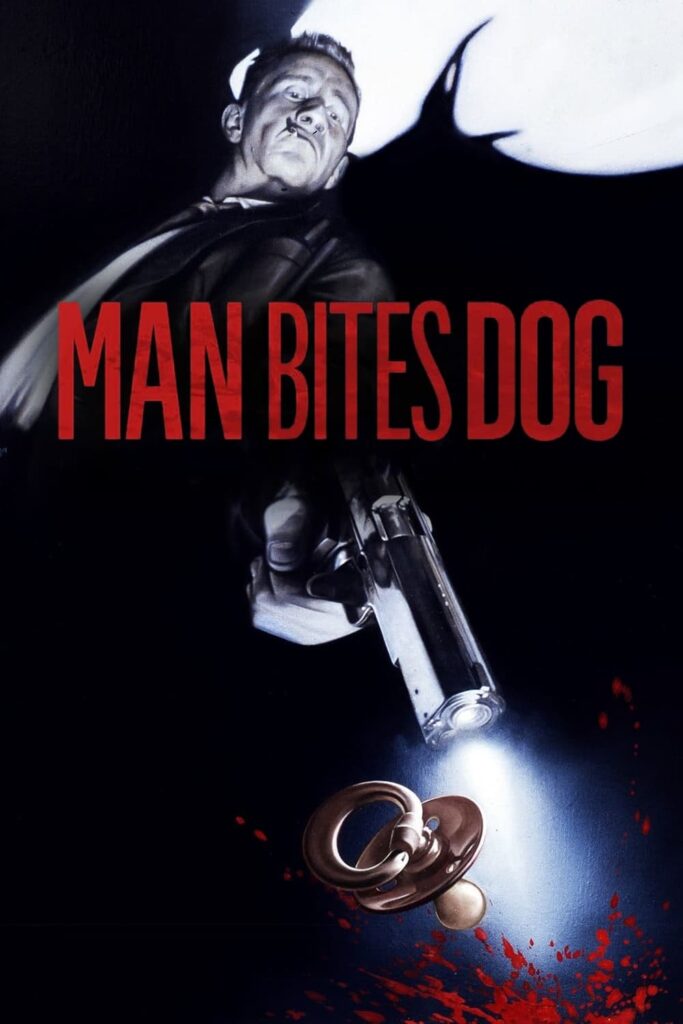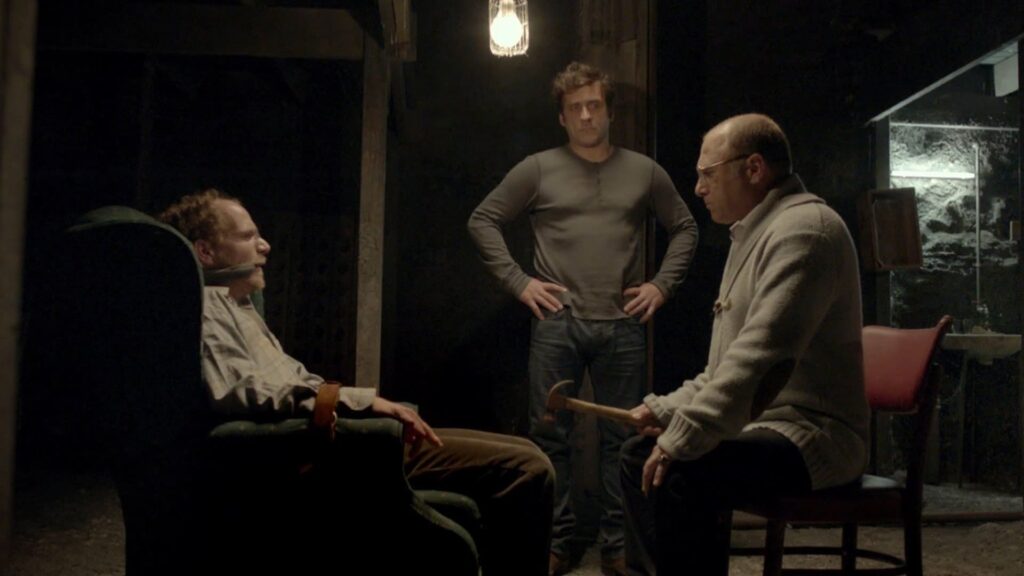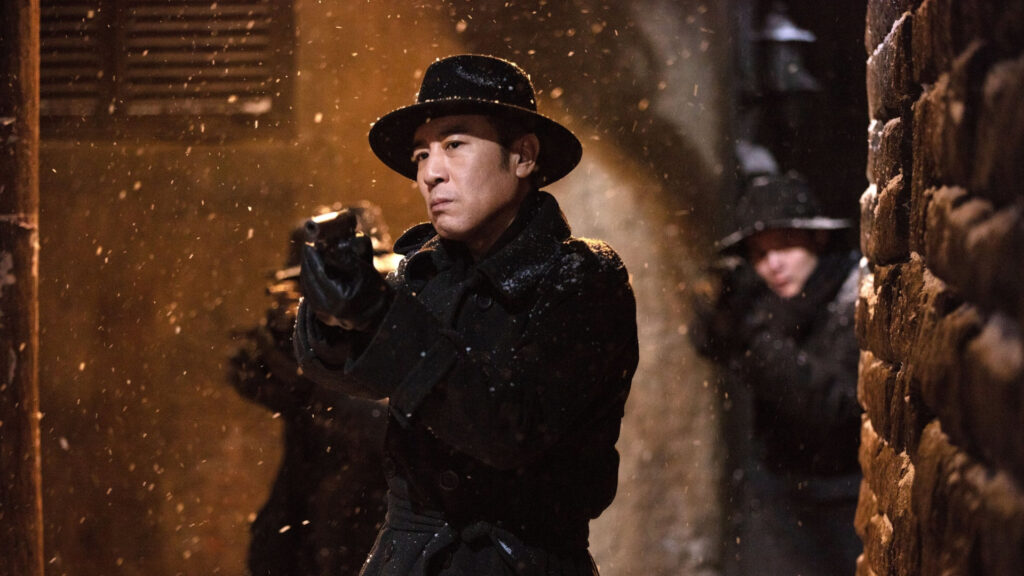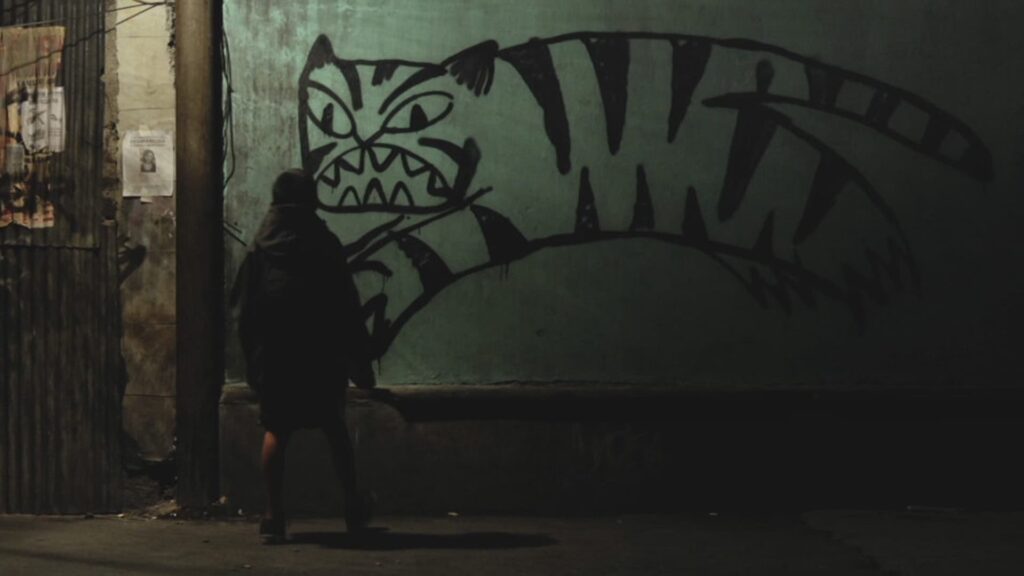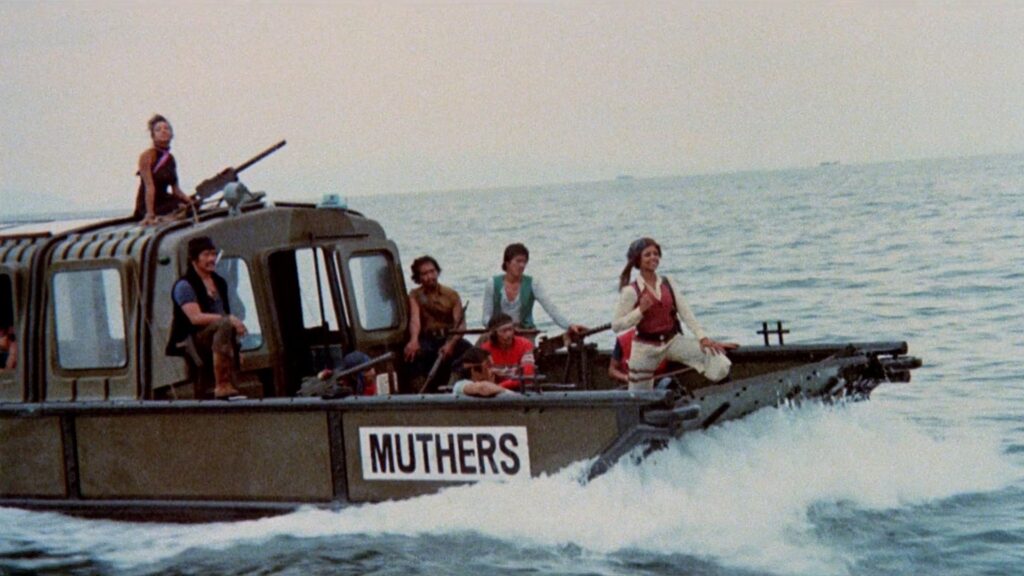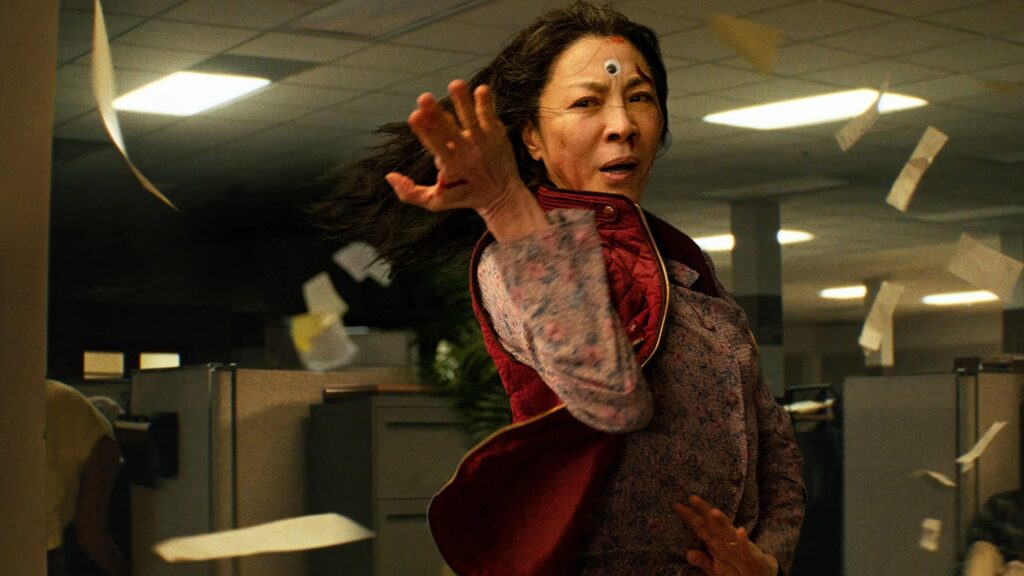Dark Castle – 6WH
Dark Castle Entertainment was formed in 1998 at the hands of Hollywood heavy hitters like super-producer Joel Silver, and (at the time) red-hot director Robert Zemeckis. The name is an obvious reference to B-movie maestro and theatrical gimmick expert William Castle, and indeed, the original goal of the studio was to remake Castle’s films. This strategy lasted a whole two films (which, believe it or not, is pretty good for a specialty studio like this) before the started branching out to other horror properties, and eventually, non-horror projects. I don’t usually think of that late 90s, early aughts time period as having a distinct aesthetic, but you know what: it does, and the two movies I watched recently are a pretty good encapsulation of the time period.
The Six Weeks of Halloween: Week 1.5 – Dark Castle
- The Simpsons: Treehouse of Horror: Bad Dream House (Disney+)
- Grindhouse: Don’t (Fake Trailer)
- 13 Ghosts (1960) (Trailer)
Thir13en Ghosts – A man inherits his uncle Cyrus’s estate and, having fallen on hard times, decides to move his family into the peculiar glass house with mysterious Latin texts scrawled all over the surface. Surely there’s nothing evil about this house, right? Along for the ride are the man’s children, a lawyer, a ghost hunter and former employee of Cyrus, and a “ghost rights activist.” What could go wrong?
The only thing this movie really has going for it is the winning cast. F. Murray Abraham does his best to channel a villainous Vincent Price, to good effect. Tony Shalhoub also does decent work as the straight laced father and nephew of the nefarious Cyrus. Even Matthew Lillard and Shannon Elizabeth manage to elevate the movie a bit, as their roles play to their strengths (narrow as they may be).

Unfortunately, the narrative is lazy and nearly nonsensical, and the filmmaking chops are abysmal. Lots of quick cuts and awkward flashes are annoying (that music video aesthetic common to the era, not inherently bad, yet deployed quite annoyingly here), but sometimes manage to hide shots that don’t match. The creature designs are all amped up to the twisted-xtreme™ – some of that works, but some of it just comes off as silly. The set design has some plusses, but the geography of the place is not very well established, and the glass walls aren’t very well deployed. There is one A+ gore gag that’s worth mentioning (the lawyer gets it), and funnily enough, it’s a gag that Ghost Ship will improve upon with its opening (see below).
It’s a bit of a shame, because the original 13 Ghosts is old fashioned and hokey enough to justify a remake, a sentiment I’m not used to expressing. In fact, enough time has probably passed that there’s probably some decent potential to do another remake right now, if you get the right filmmakers involved (and hey, apparently Dark Castle is still a going concern, pretty sure they’ll be able to get the rights). There are lots of common elements here (the ghost hunting uncle leaves his house to his nephew, the ghost glasses, the 12 ghosts with a mysterious 13th ghost to come, etc…) but almost nothing was improved in the remake. I suppose there’s a twist or two that pan out, but it’s not really worth it. *
- Fishmen (short)
- The Fog (trailer)
- Deep Rising (Trailer)
Ghost Ship – A salvage crew discovers a cruise ship missing since 1962 and decides to lay a claim and tow it to port. Mysterious accidents plague the endeavor, trapping the crew aboard the cruise ship, which appears to be haunted by nefarious ghosts. Because of course it’s haunted.
The first Dark Castle picture to stray from the remake William Castle strategy, there are certainly plenty of “Ghost Ship” movies to pull tropes from here, and this does have the feel of something you’ve seen a million times before. It’s a pretty basic plot, to be sure, but it fares somewhat better than Thir13en Ghosts in that respect, even if it is still a bit lazy. It also has a winning cast, which helps. Gabriel Byrne is probably the biggest name, but you’ve also got Julianna Margulies and even Karl Urban pitching in along with a bevy of character actors you’ll recognize (mostly from TV, but still) and put in sturdy performances.

Not particularly well received by critics or audiences at the time, there does seem to be something of an effort to revive its reputation these days. This isn’t a particularly successful effort, as the movie isn’t very good, but the one thing that almost everyone can acknowledge is that the opening few minutes packs an astounding wallop. I won’t spoil it, but it’s the sort of thing you’ve seen before, only it’s done here on a much larger scale. I don’t think there’s anything quite like it, and it’s almost certainly worth watching those first few minutes for that alone. The rest of the movie doesn’t really live up to that sequence, but I had a little more fun with it than I expected.
I dunno, it would make a good double feature with Deep Rising (though that movie is significantly better). While not a Castle remake, it does have the feel of an updated 60s B-movie to it. It sags a little, especially in the second act, but it’s got a nice climactic twist, even if it could probably could have been pulled off better with another pass of the screenplay and a more cinematic director. Not great or anything, but I had a better time with it than Thir13en Ghosts and honestly, that opening sequence is something to behold. **
I’m actually surprised that I never did a full on William Castle theme week before, though he’s shown up (in, for example, a Vincent Price themed week). Might be worth noting for a future 6WH theme. Anywho, its been a pretty good mix for the first full week of the 6WH, stay tuned for some Werewolf movies coming this Sunday…
